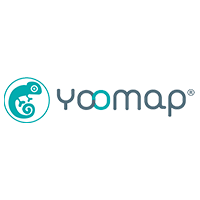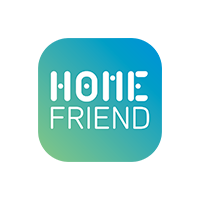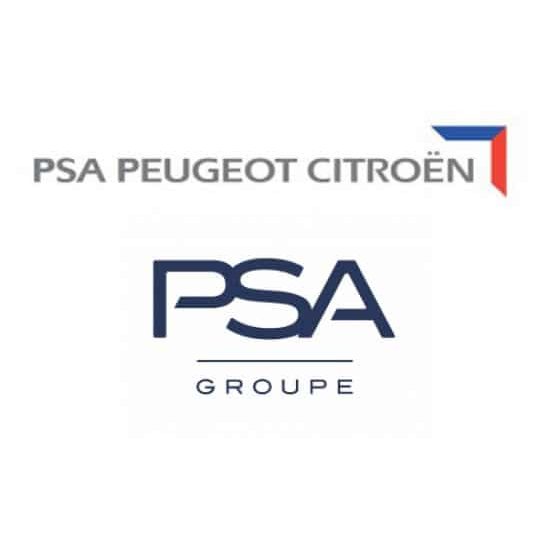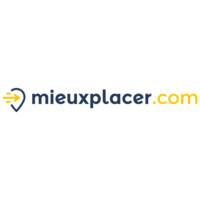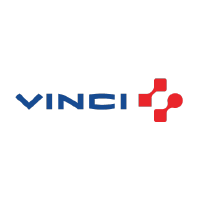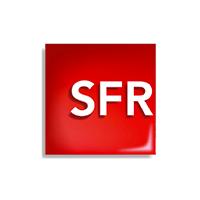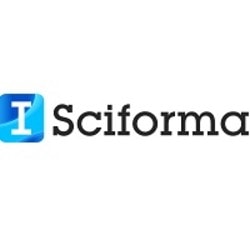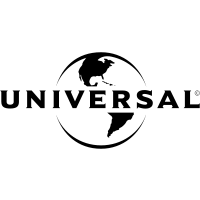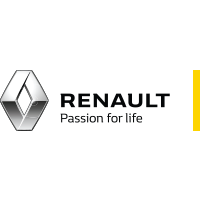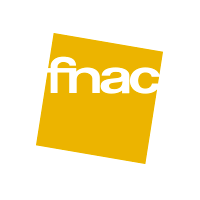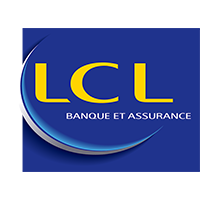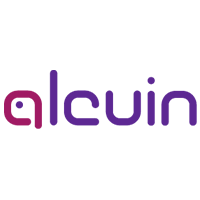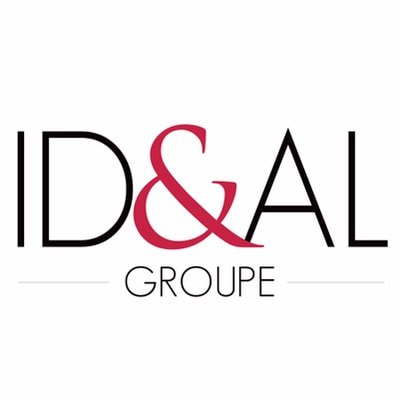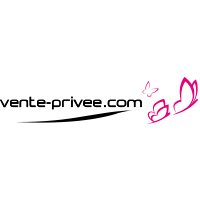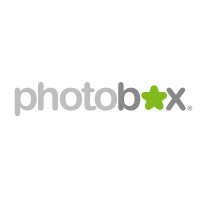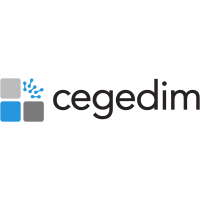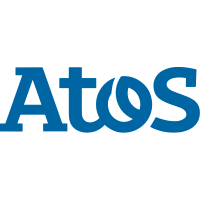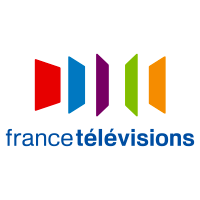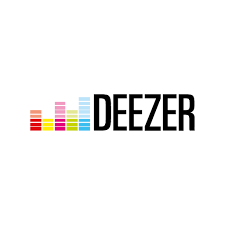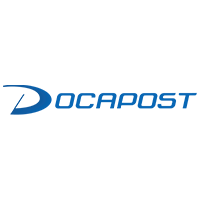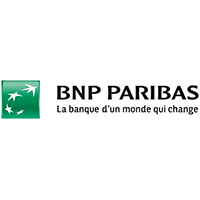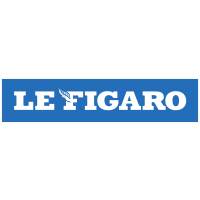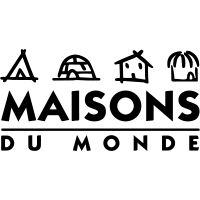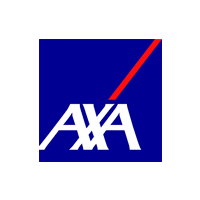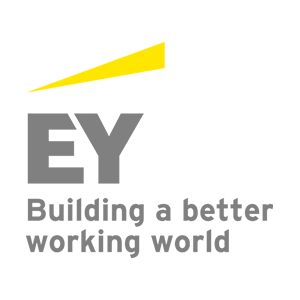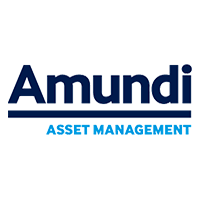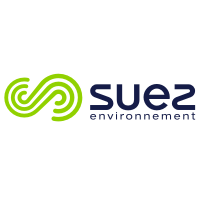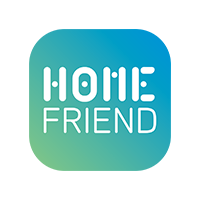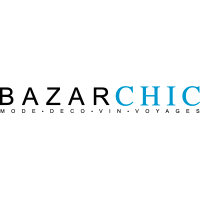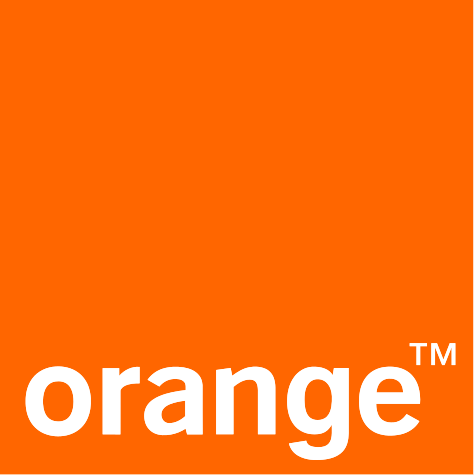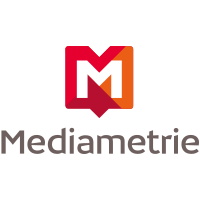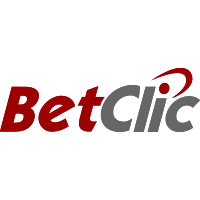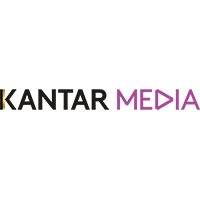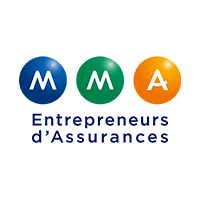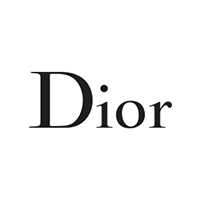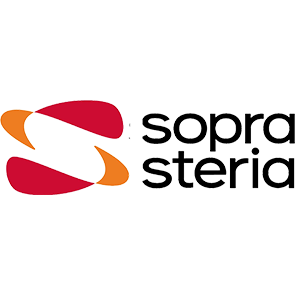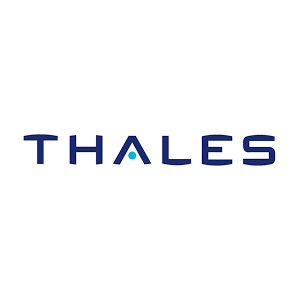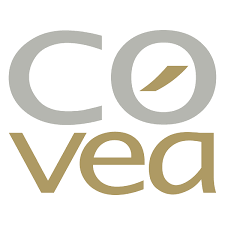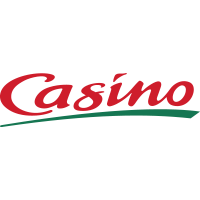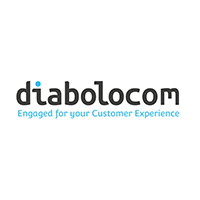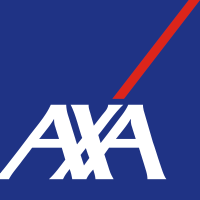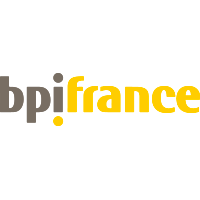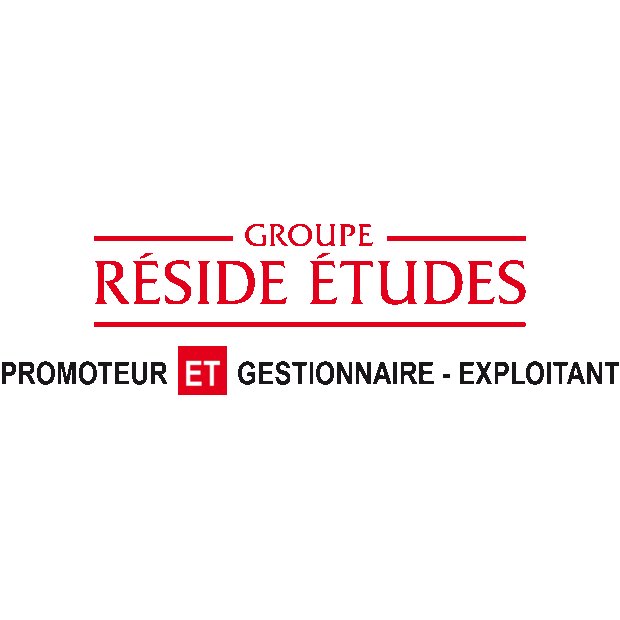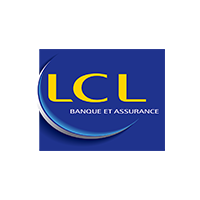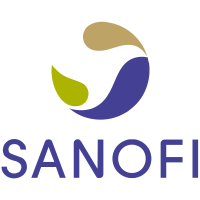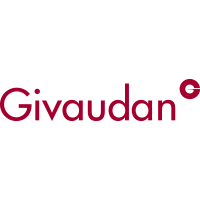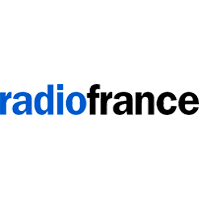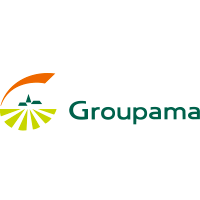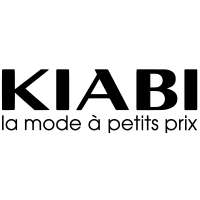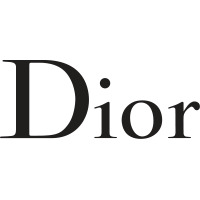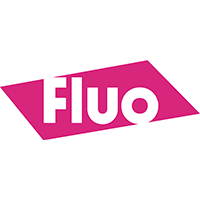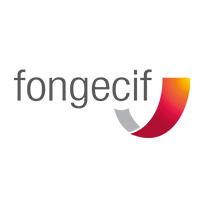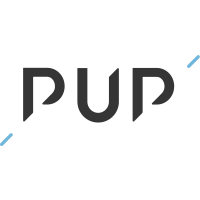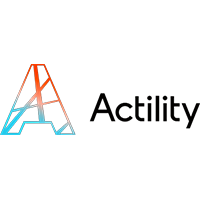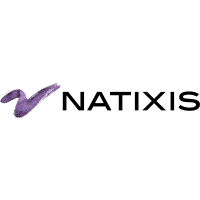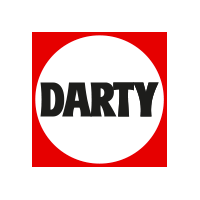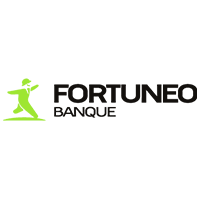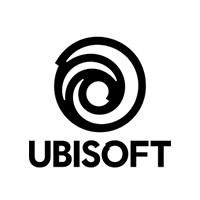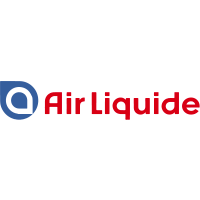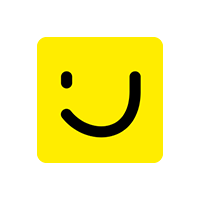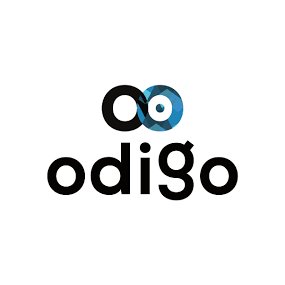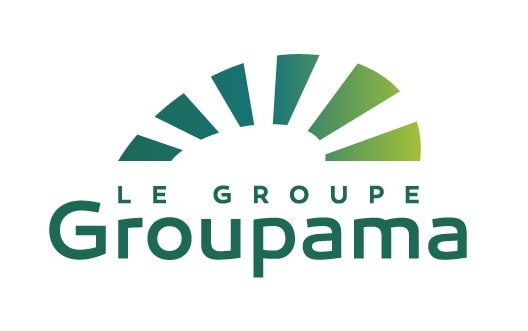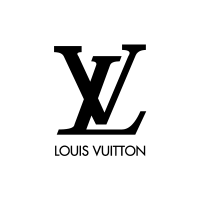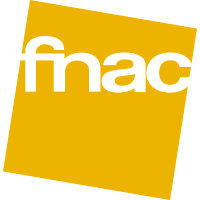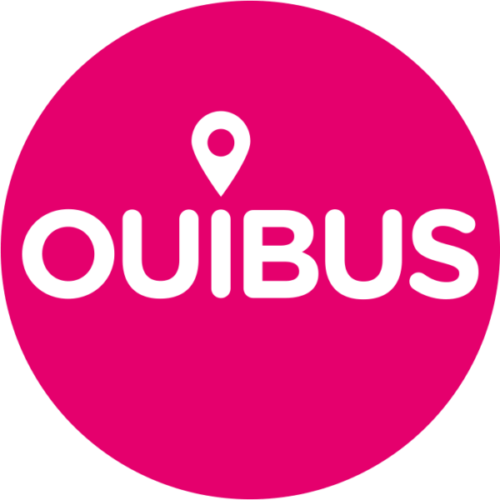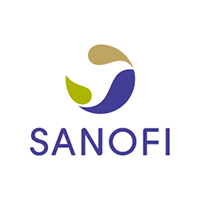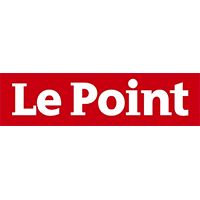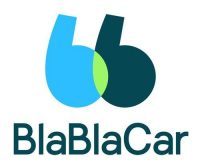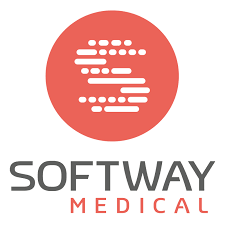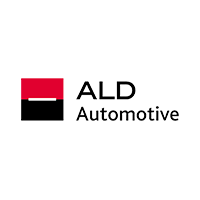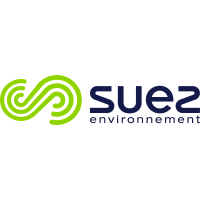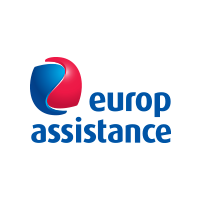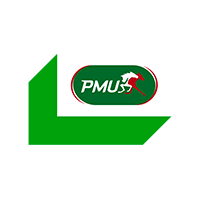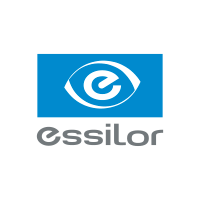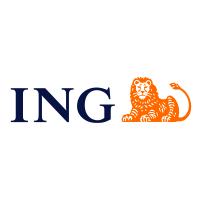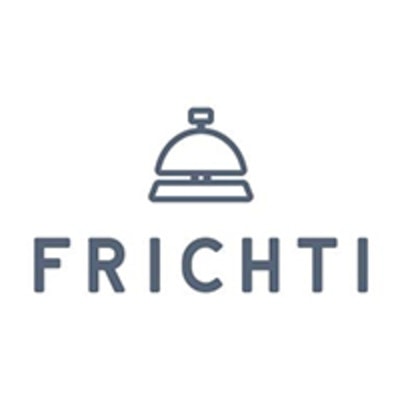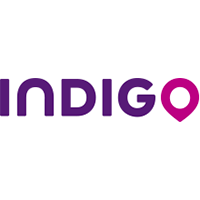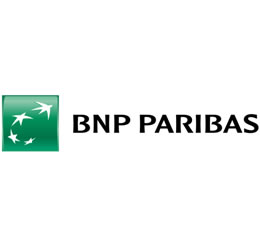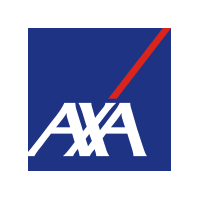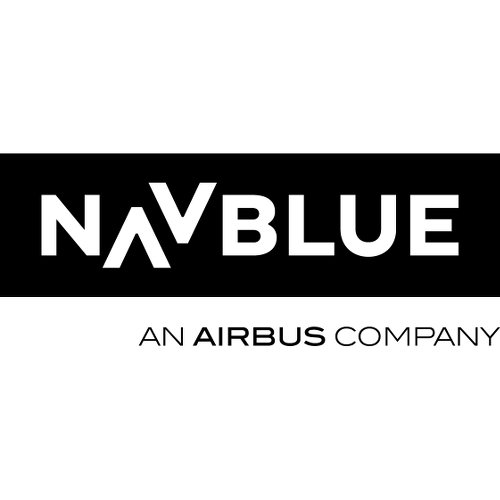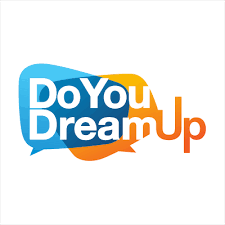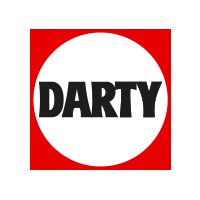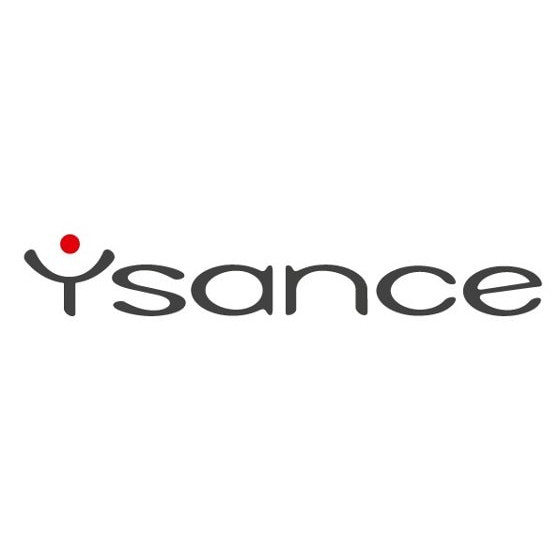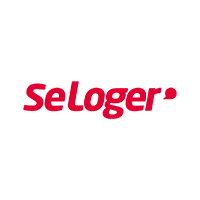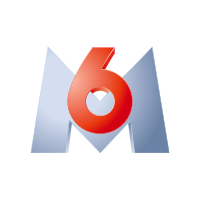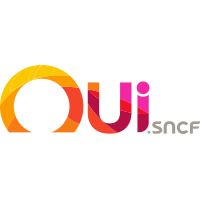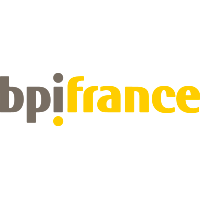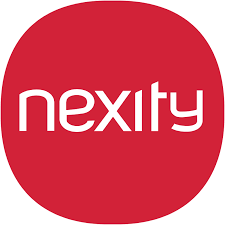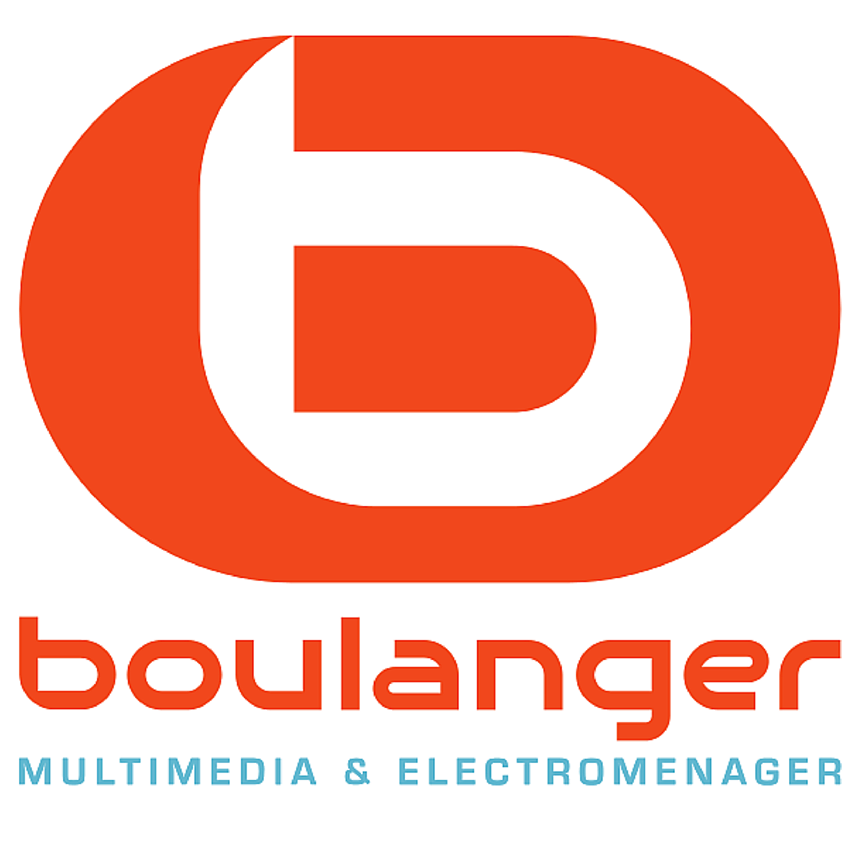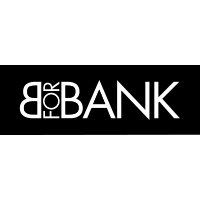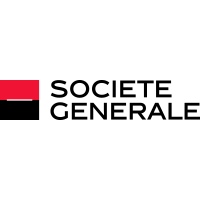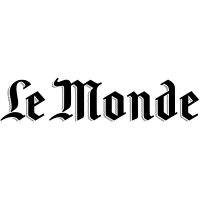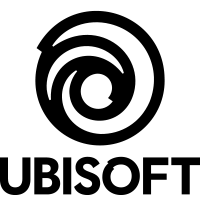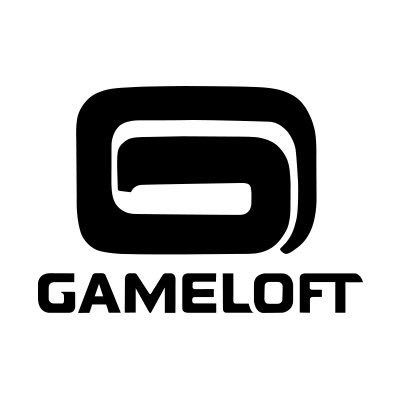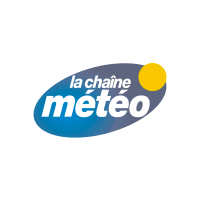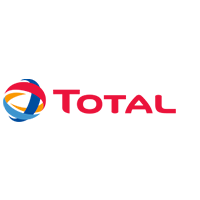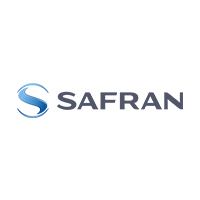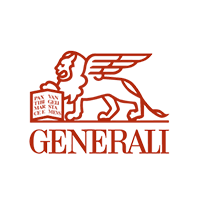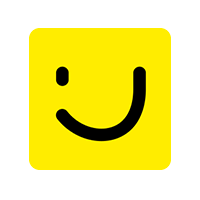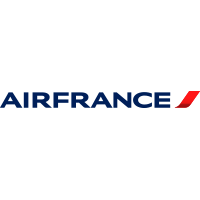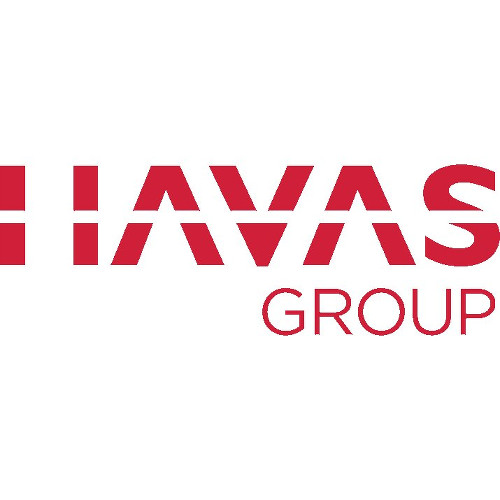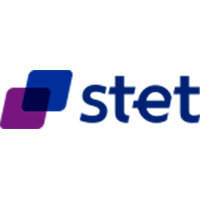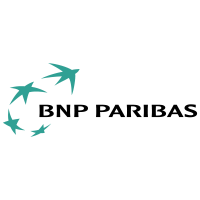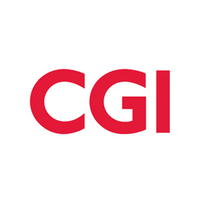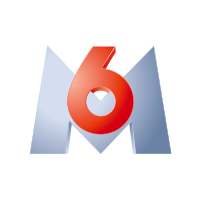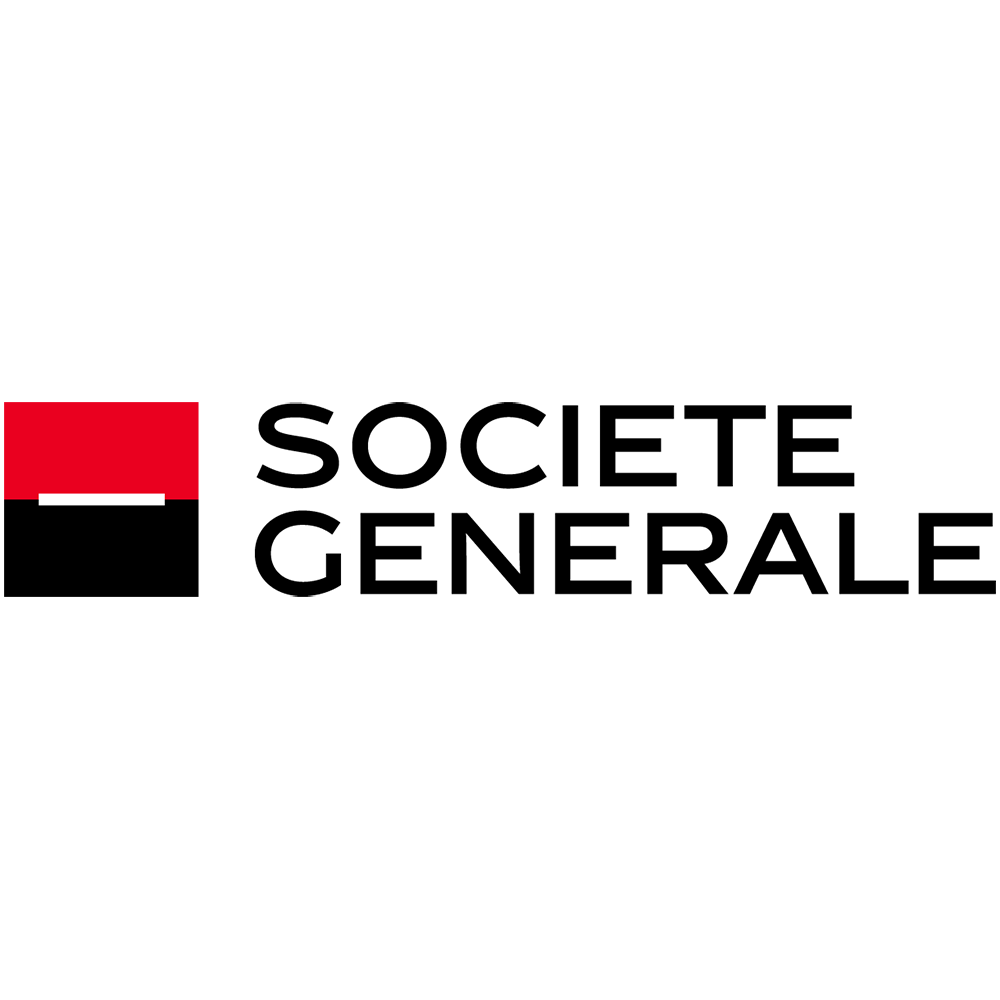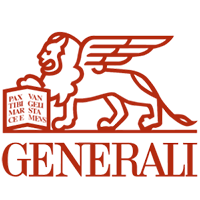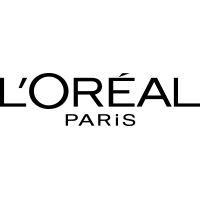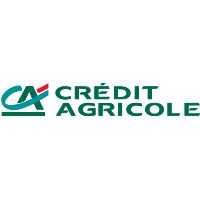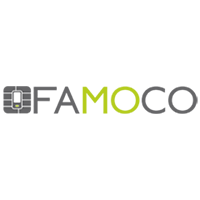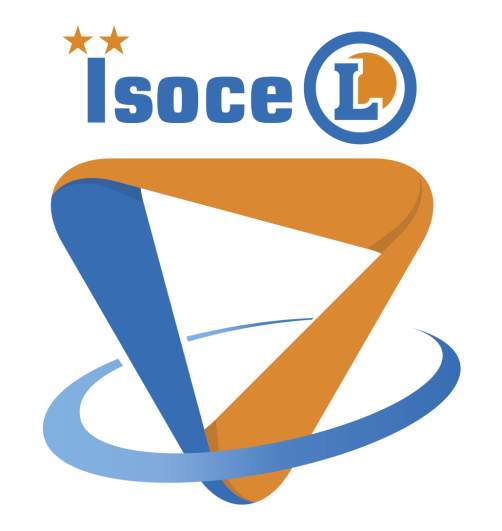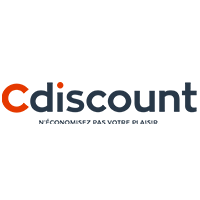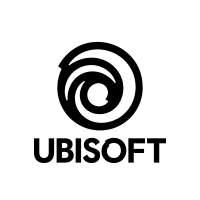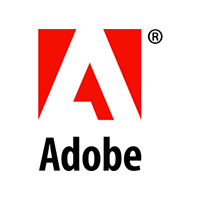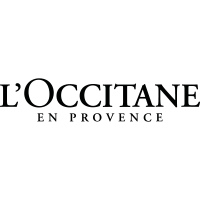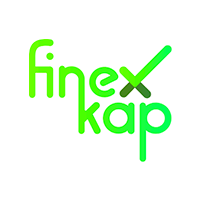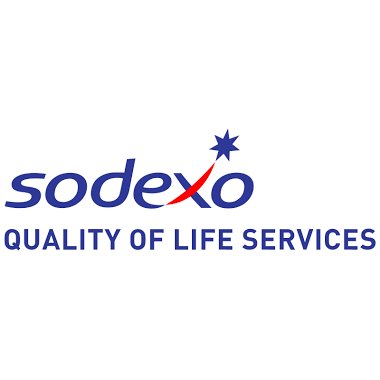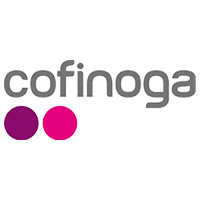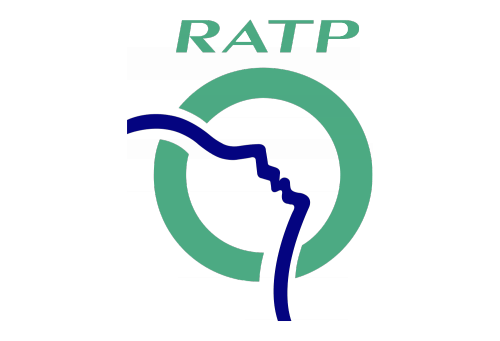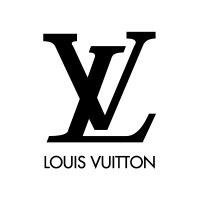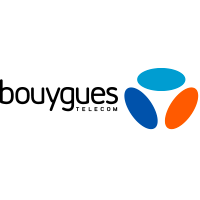FROM RESERVATION TO CHECK OUT: IMAGINE A 100% CONTACTLESS HOTEL STAY EXPERIENCE
DesignSprint | Product Design | UX-Design | Lean UX | Hotel
| The objective
DEFINE THE MAIN PRINCIPLES OF THE SERVICE AND LAY THE FOUNDATIONS OF THE “CONTACTLESS” DIGITAL ECOSYSTEM THROUGH A SPRINT DESIGN
The need to put in place barrier gestures to curb the evolution of the Covid-19 pandemic has led a French chain of budget hotels – like all establishments open to the public – to think about what it could do to secure the reception of its customers with both a health protocol limiting contact, but also in using digital as an alternative on all occasions of human contact.
The goal of this international player in the budget hotel industry: to offer its customers the possibility of an experience without any human contact from the reservation until the moment of leaving the hotel.
The objective of the mission: to define the main principles of the service and lay the foundations of the “contactless” digital ecosystem, taking into account the legal constraints of the various country subsidiaries and capitalizing on existing workflows and business rules.
| The method
Whether it is for a product or a service, a Design Sprint – a real innovation accelerator – makes it possible to solve a problem and test the solution with target users in five days. This is the method we implemented for the project of this budget hotel chain.
Given the complexity and challenges of the project, we decided with the innovation center of this hotel group toinclude this Design Sprint in a broader approach including an upstream phase of immersion and business preparation, and downstream, iterative loops to apply the concept to the entire digital ecosystem.
The success of the project, through the quality of the production of value and the wealth of lessons learned from multiple user tests, can be explained in particular by the natural complementarity of the pilots: on the one hand the Product Manager on the customer side, on the other the pair of UX-Republic consultants (UX Coach and UX-Designer).
1. The preparatory work
The fact of designing for different countries an experience without any human contact and from start to finish raised legal and technical questions that it was essential to understand before starting the closed doors of the Design Sprint. This is why UX-Republic and the hotel group organized a business scoping phase with a questionnaire sent to experts and referents and then in-depth interviews.
The business experts consulted: Hotel managers (Germany, Spain, France, Italy), International payment system manager, Group CTO, Technical director, Project manager, France customer service manager, the information systems security manager .
This work made it possible to approach the Design Sprint in the best conditions with the capacity for the pilots - the Sprint Master and the Product Manager - to frame the scope of work, to identify the main constraints and the subjects on which to make work. core team of the Design Sprint.
2. The Dream Team
Recruiting the dream team of Design Sprint participants is a challenge in its own right. Here are the few criteria on which we based ourselves to select this core team:
- a high level of requirement, abstraction and pragmatism;
- understanding and knowledge of business constraints;
- fluency in English;
- the ability to work in a team;
- mastery of collaborative work tools;
- the ambition to innovate.
For this project, the hotel group mobilized the following skills:
- Product Manager (who took on the role of decision-maker, responsible for deciding at each workshop)
- Group Digitalization Manager (France)
- Team leader project management (Germany)
- Digital Marketing (Italy)
- Product Owner payment system (Spain)
- Mobile lead tech (France)
3. The design sprint process
Designing an experience without any (human) contact for an industry where the human (even if only hospitality and catering) is part of the DNA seems like an unholy vocation. However, the digitalization and therefore the dehumanization of processes (accelerated by Covid-19) are in tune with the times. Since then, how to justify the interest of a “contactless” experience in the hotel industry, how to make this service attractive, how to promote its use?
Here are the challenges of our Design Sprint in a few points:
- Understand the end-to-end customer process : Offer a digital solution to replace human actions and human contact at each stage of the customer process
- Maximize the usefulness and therefore the interest of a digitized experience : Find the springs of customer engagement through sources of creativity to offer contactless tools and services that are actually useful to them.
- Minimize constraints and compensate for degraded situations : Identify the irritants and pitfalls of an independent experience and propose solutions and alternatives.
Organization
There is no a miraculous recipe. The success of a Design Sprint depends above all on the chemistry between the actors of this intellectual huis-clos, their motivation to solve the problem, the existence of a common ambition and their pragmatism. Afterwards, you also have to know how to adapt to operational realities, including, for example, the availability of participants.
For this Design Sprint, it was not possible to mobilize the actors – from 4 different countries – during the five days provided for by the method. We have therefore reduced the closed session to the first three days, that is to say only those where their presence is “really” essential to understand the project, its challenges and constraints, then propose and design the experience. Days 4 and 5, respectively for prototyping and testing, were led by the UX-Republic consultants and the hotel group's Product Manager.
This kind of organization is perfectly possible. It is an adaptation of the standard method which however requires three important things:
- maximum involvement of the pilot on the customer side (here: the Product Manager) who also had the role of “decision-maker” during the Design Sprint
- an absolutely clear business framework produced on day 3 (course + storyboard)
- an autonomous and efficient UX/UI task force on day 4 (possibly in a “reinforced team”)
The moral contract of this modus operandi is that the participants must accept that their ideas escape them and may be (re)interpreted by the team dedicated to prototyping.
Delivery
The objective set by the Product Manager was to have at the end of the five days a clear vision of the contactless experience et that it can cover the entire customer experience. The target of the Design Sprint was to project this experience through the hotel group's mobile application with mainly: reservation (booking), online check-in (OCI - Online check-in), departure from the hotel (check out) and also functions and services induced by the nature of the device with the digital management of the stay and the room.
4. Two iterative loops in Lean UX mode
A Design Sprint, as it was described by Jake Knapp, comes down to five days of creative eight-closed days to initiate an innovative project in the sense of a business. The Design Thinking philosophy encourages UX professionals to include this innovation lever in a more global approach. This is what the agency's Sprint Master and the hotel group's Product Manager did by organising, following the sprint, two iterative loops of five days each. The Product Manager wanted to extend the functional framework to other digital touchpoints in the ecosystem: the interactive terminal installed at the hotel reception (called a “kiosk”) and the mobile site.
Think – Make – Check. In perfect harmony with the triptych of Lean UX, the UX team has cut the loops into three parts:
- the business framework : 4-hour participatory workshop with the entire Design Sprint team to define the user journey and the storyboard
- design : create the high fidelity prototype based on the storyboard
- user testing : quickly collect a critical analysis on the project in order to quickly correct the situation
| The UX-Republic team
Julien
UX coach and SprintMaster
Florina,
UX-Researcher and Designer
Vincent,
UX Designer
Our agencies
PARIS
163 quay of Doctor Dervaux 92600 Asnières-sur-Seineparis@ux-republic.com
BORDEAUX
2 Rue du Jardin de l’Ars 33800 Bordeauxbordeaux@ux-republic.com
LYON
Boulevard de Stalingrad 69100 Villeurbannelyon@ux-republic.com
LILLE
Boulevard Louis XIV, 59800 Lillelille@ux-republic.com
BELGIUM
12 Avenue de Broqueville, B-1150 Woluwe-Saint-Pierrebelgium@ux-republic.com
SWITZERLAND
Route de la Longeraie, 1110 Morgesswitzerland@ux-republic.com
LUXEMBOURG
Rue Emile Mark, Differdangeluxembourg@ux-republic.com
NETHERLANDS
Leidseveer, 3511 SB Utrechtnederland@ux-republic.com
